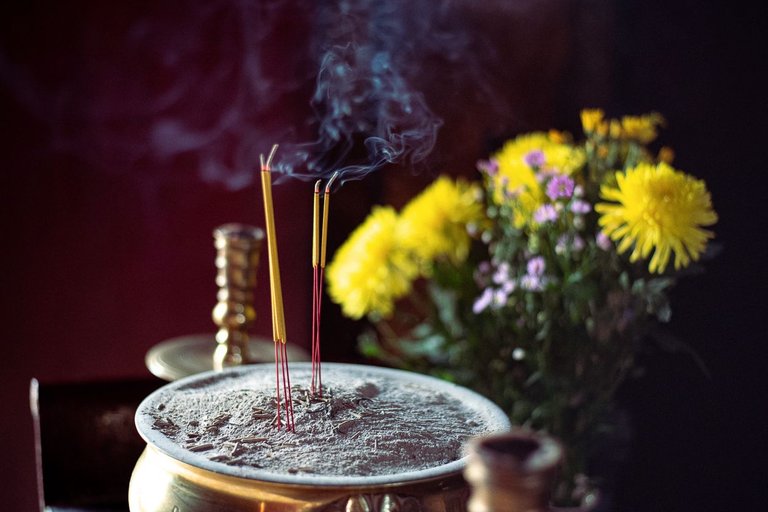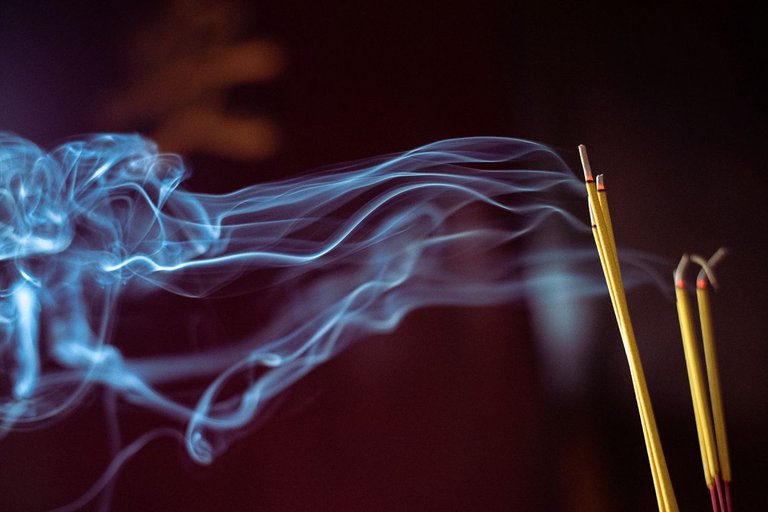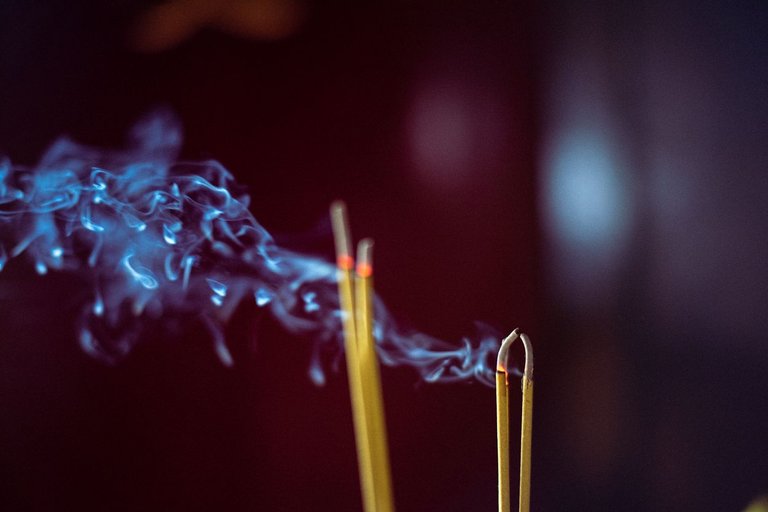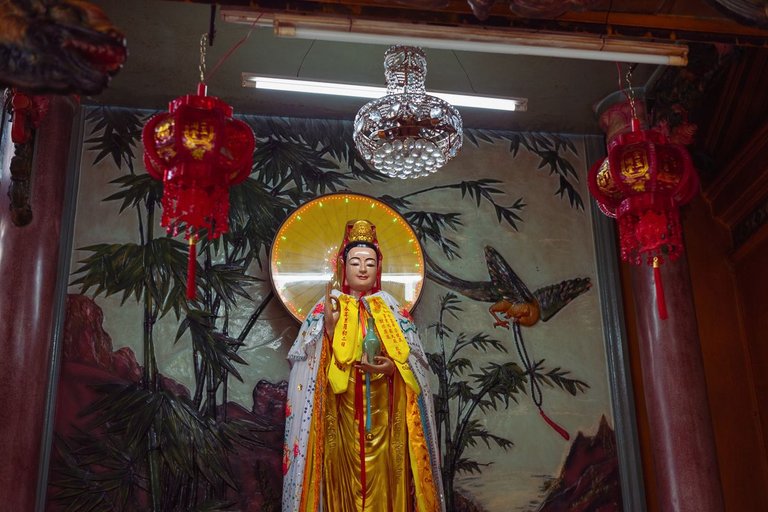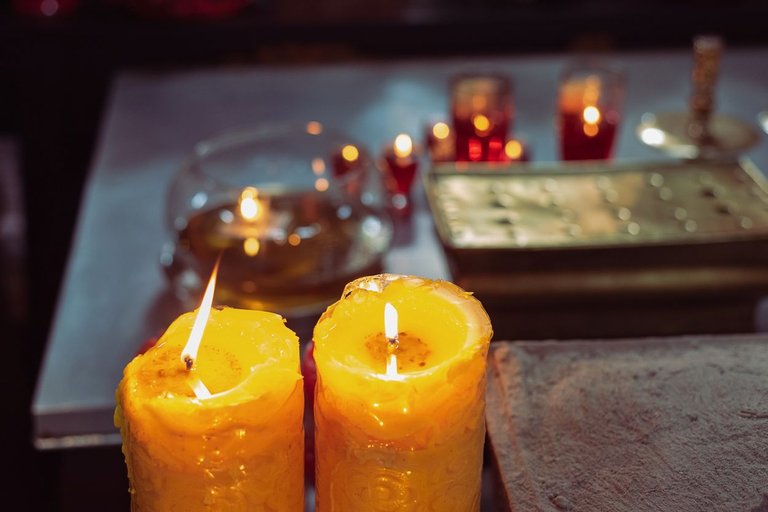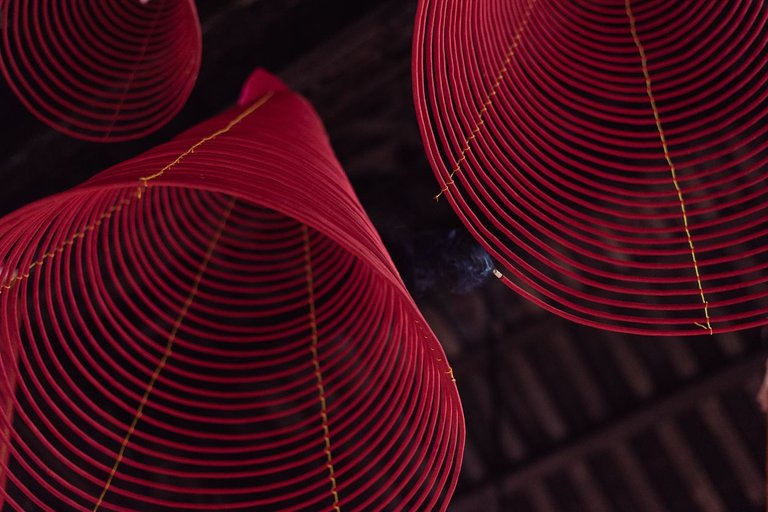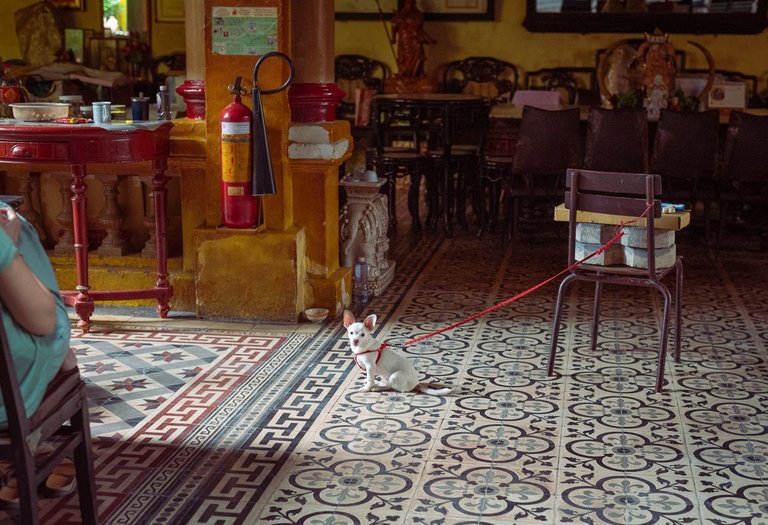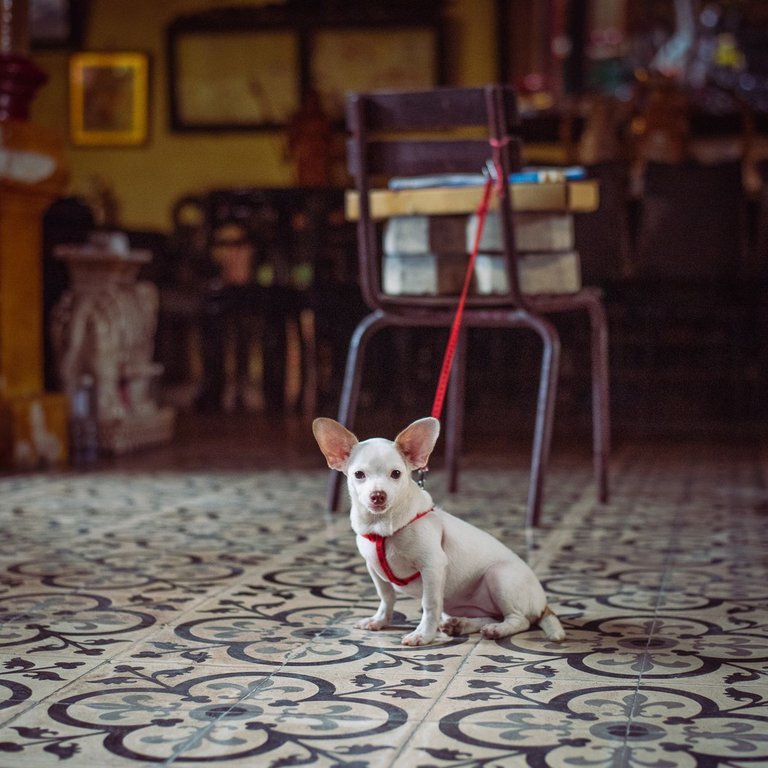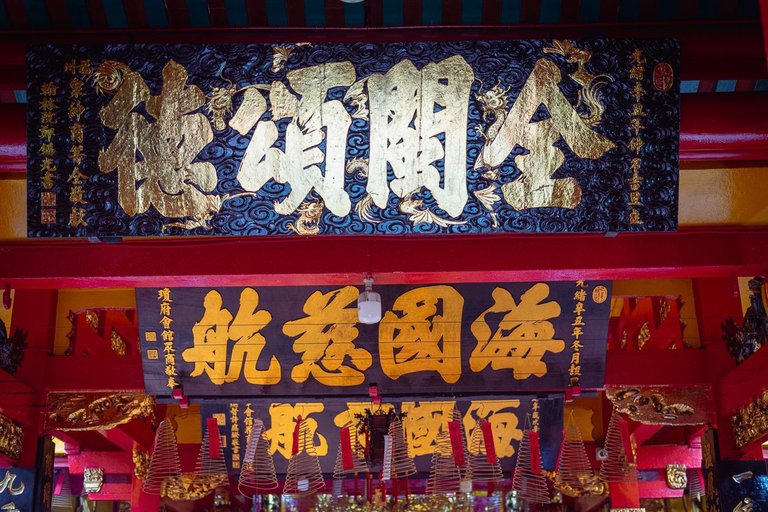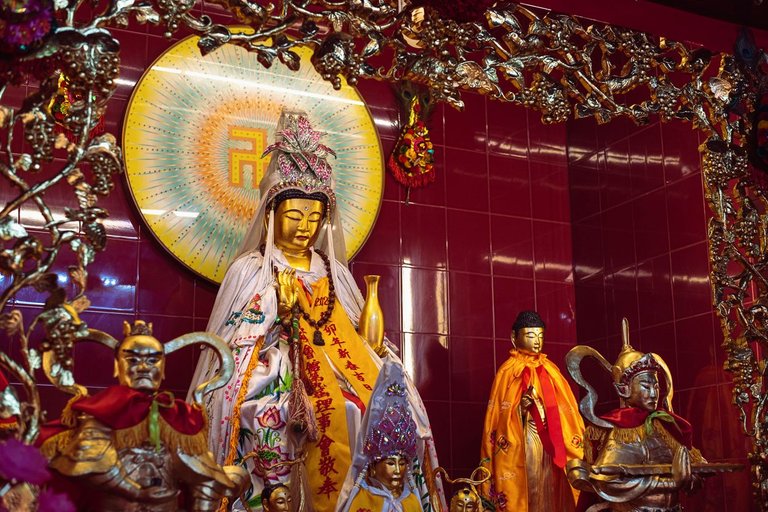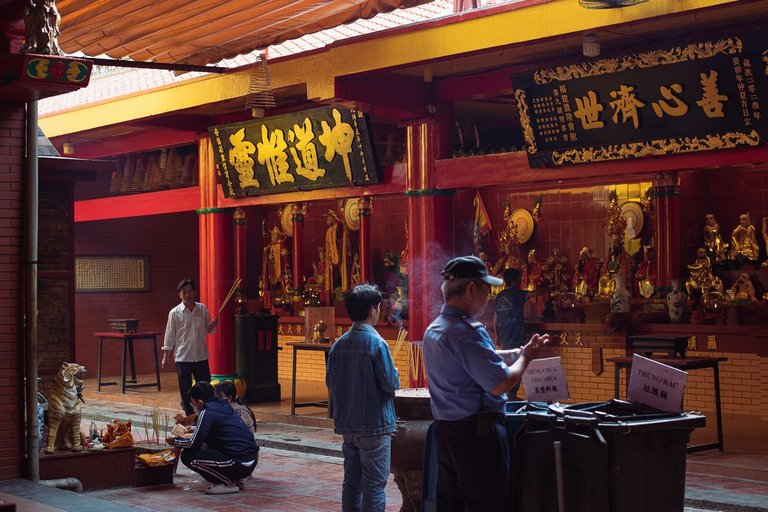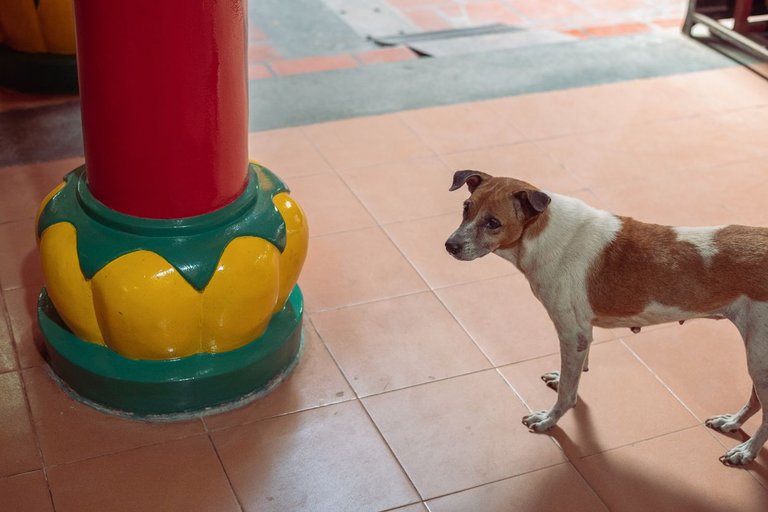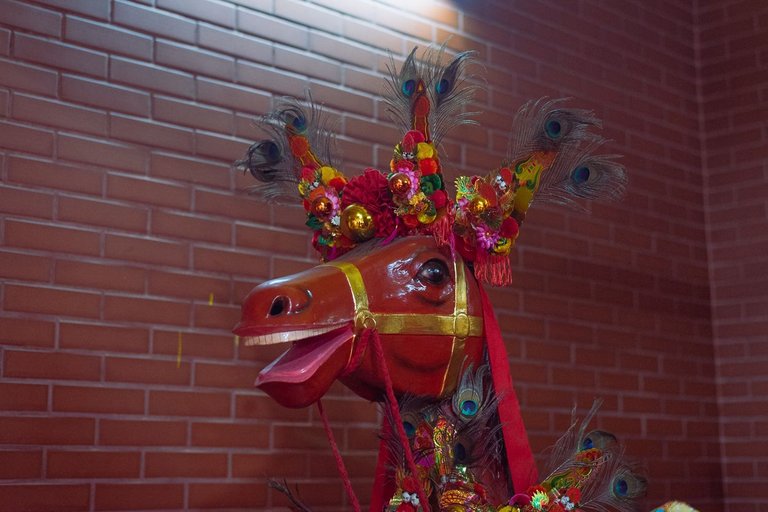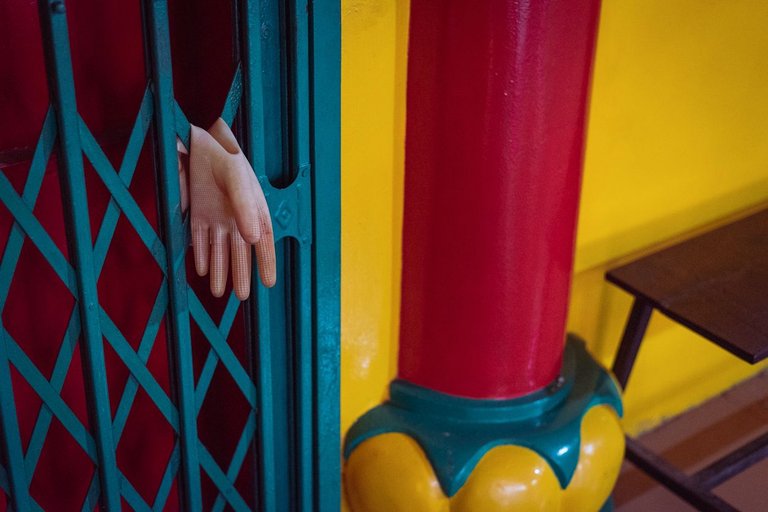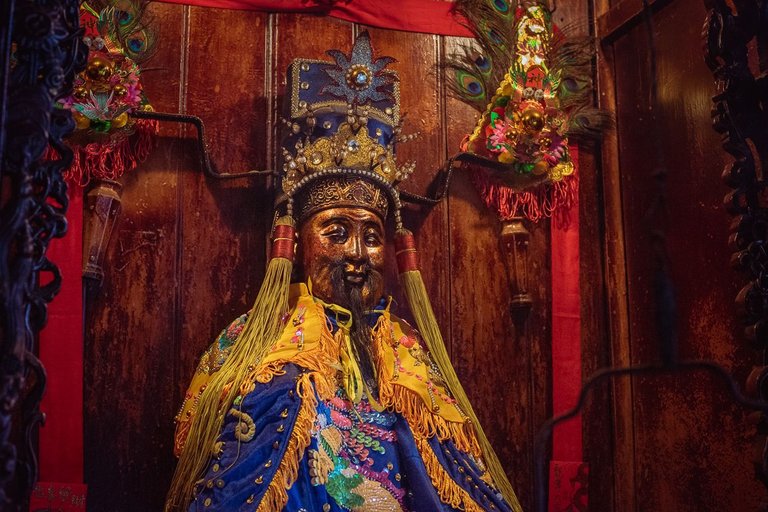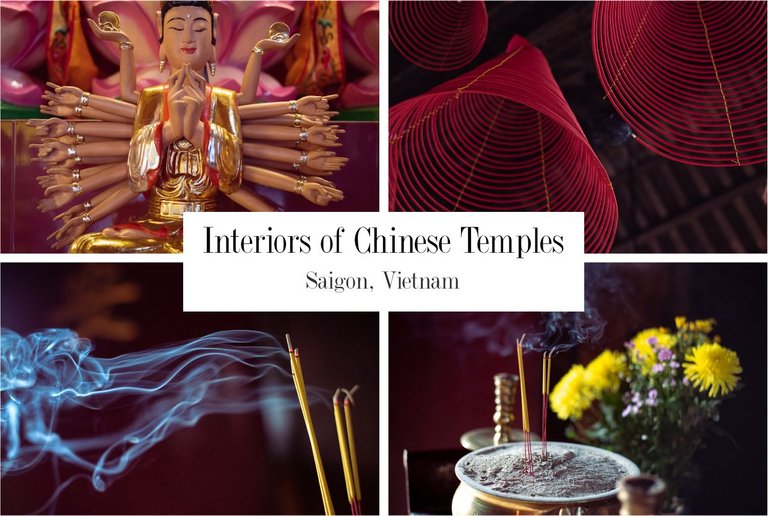
On July 5, 2024, I set off for Cholon, "Saigon's Chinatown"; the quotes because it's a special case. If you look at old maps, you'll see that, when the French captured the Saigon fortress in the mid-19th century, the Chinese town of Cholon was already located nearby. Only in 1931, the two cities, Saigon and Cholon, were merged into one. Thus, today Cholon offers an alternative old town as an addition to the historical colonial core of Saigon. And the main attraction there is the Chinese pagodas.
The exteriors of most temples, Chinese or any, can't surprise anybody nowadays. We are saturated due to social media, Google images, and TV shows. However, old Chinese temples are often have amazing artifacts in them as well as vibes so, with this idea in my mind, I headed to have a phography walk in Cholon...
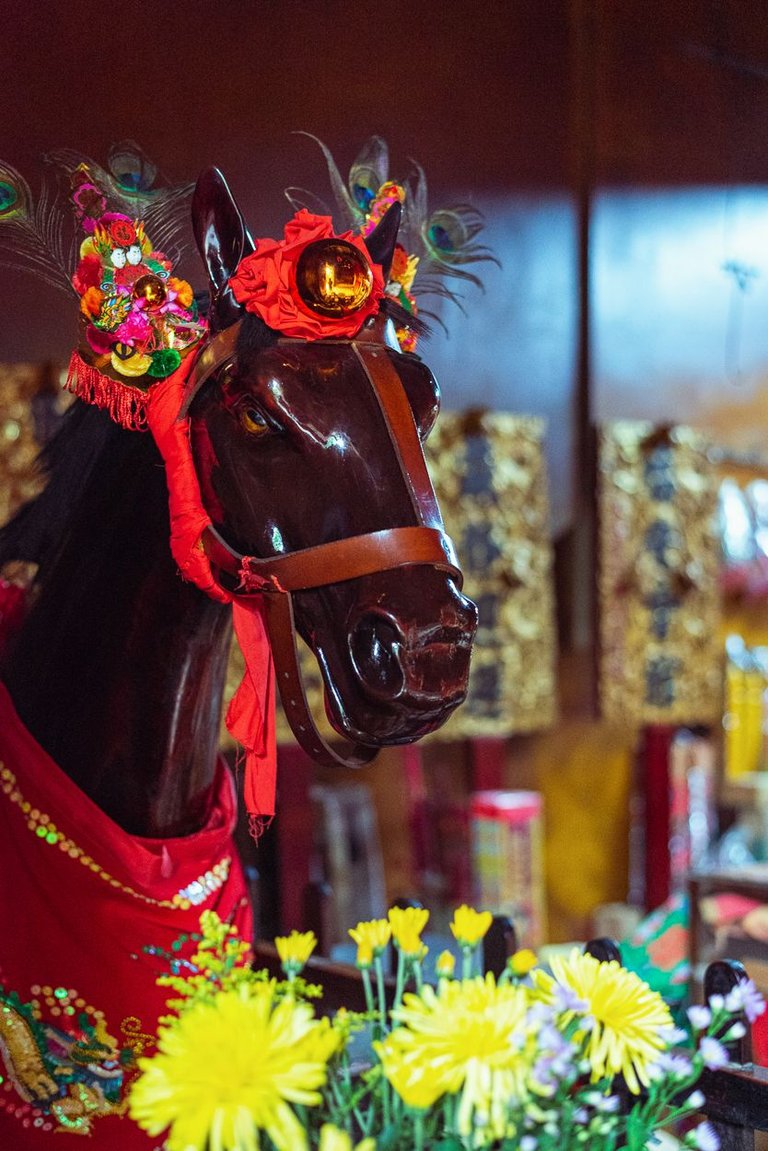
A horse. I found it in Phước An Hội Quán temple and couldn't help but photograph it from every angle.
The smoke from the incense was dancing with the playful draft.
Quite meditative dance, it was.
To give you the general idea:
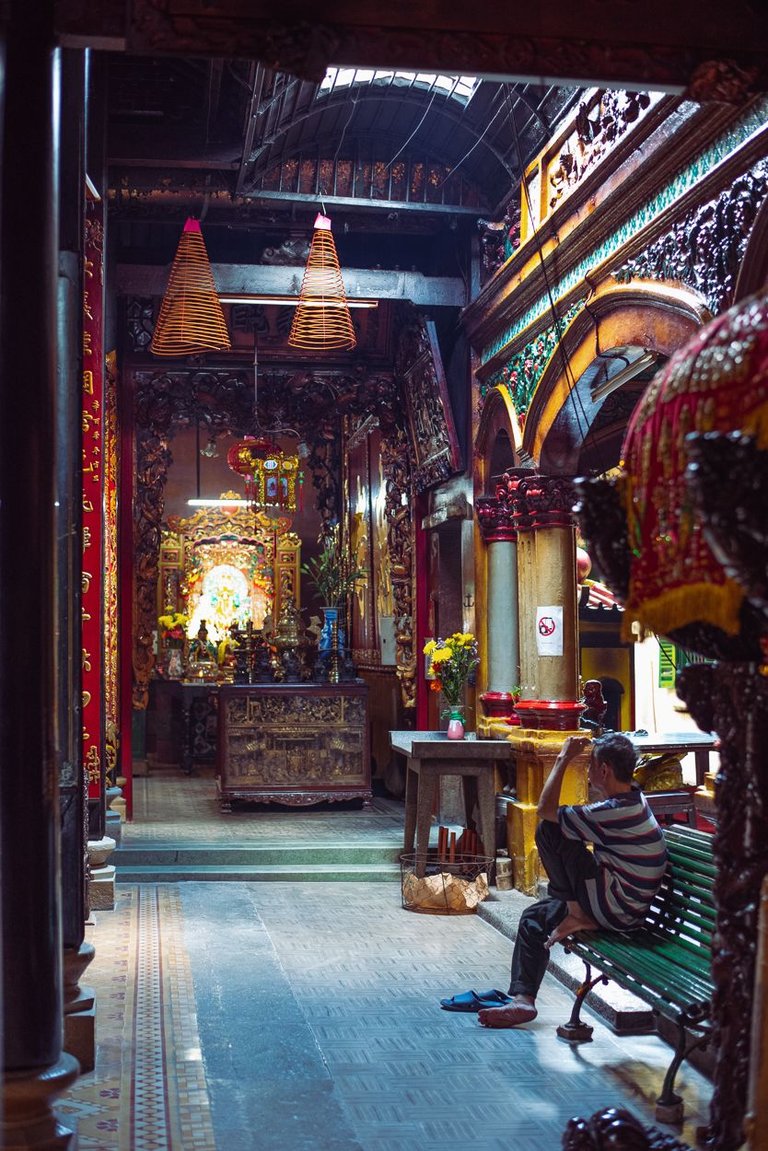
That's where I was.
Semi-dark and shimmering, love the interior.
With flickering candle lights and the smell of the incense.
Spiral incense sticks, hanging from the ceiling.
Meeting Dominique, or Dom, works either way. A friendly chap, living in Phước An Hội Quán temple.
Dominique is a colonial name I gave the pup for my own (short) use... 😄 No idea what his real name is. He was rushing towards me, poor creature, (to play, to huddle), like a tuna caught on a hook. I refused him, not even touched him since I wanted to avoid contamination. 😀
Banners at Quan Am Pagoda:
It is said that Quan Am Pagoda is "dedicated to Guanyin (Vietnamese: Quan Âm), the Chinese goddess of mercy and the Chinese form of the Indian bodhisattva Avalokiteshvara". And that's another thing proving that Saigon's Chinatown is not typical: both local Chinese and Vietnamese Buddhists worship Guanyin. Let's say even in neighboring Thailand, the difference is significant: Thais profess another branch of Buddhism (Theravada) and normally have no idea who Chinese Buddhist characters, like Guanyin, are.
Could it be Guanyin?
It's a very delicate job to photograph people performing religious rites. I try to be very careful in such cases.
And, of course, a DSLR with its loud click after each shot is a less convenient tool than a mirrorless camera (which I don't have yet).
Many-armed deity... That's where you need a guide as well as good homework before setting off to these temples...
Another horse decorated with peacock feathers:
This one is happy, that's the difference.
A rubber glove. 😀
Even stranger character I found in Ba Thien Hau Pagoda:
The latter temple has an even less clear nature to me: its central deity is Mazu. Wiki says she could be a pre-Chinese shamaness who could control the sea with her supernatural powers. Her cult is called Mazuism and I am not sure whether this is a separate confession or part of other religions... Many questions, and I know on my own experience - you can't resolve them by just reading several articles on Wikipedia. More serious research is needed.
I will keep sharing my findings in Chinese temples of Saigon in next posts. Here, let me say au revoir. 😀
More stories from Southeast Asia are ahead! Check out my previous posts on my personal Travelfeed or Worldmappin map.
I took these images with a Nikkor 50mm on a full-frame DSLR Nikon D750 on July 5, 2024, in Ho Chi Minh City, Vietnam.
